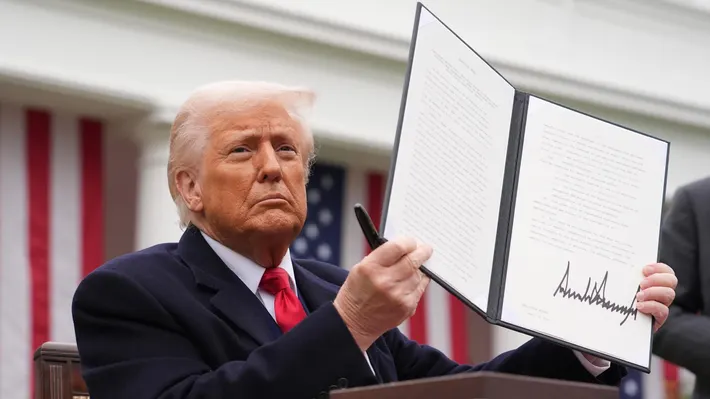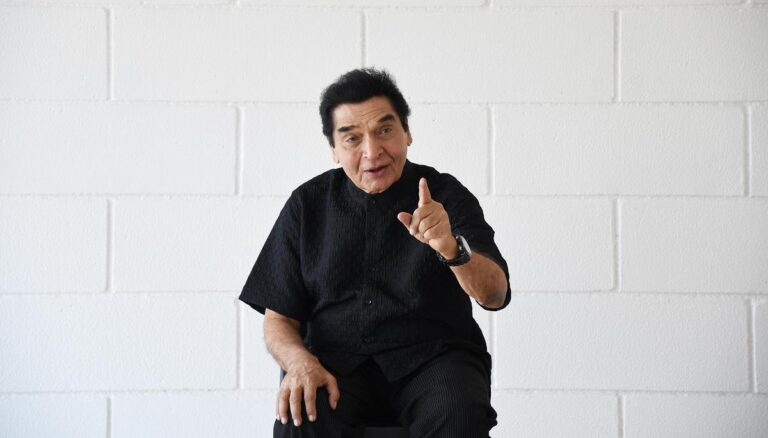
Trade wars rarely have winners, and the ongoing clash between Washington and New Delhi is proving just that. President Donald Trump’s escalating tariffs on India have triggered a diplomatic storm, rattled global markets, and put decades of U.S.-India relations at risk. What began as a series of tweets and fiery remarks from White House advisers has now turned into a full-blown confrontation, with India emerging as one of the biggest casualties of America’s protectionist push.
A War India Did Not Start
At the heart of this dispute lies a simple truth: India did not start this trade war. The tariffs were imposed unilaterally by Washington. Yet, Indian leaders find themselves on the defensive, accused of being “intransigent” for refusing to accept U.S. demands on American terms.
White House officials like Kevin Hassett argue that unless India budges, Trump will not back down. But this framing misses the bigger picture. India has consistently engaged the U.S. in dialogue, stressing that while it values the partnership, it must ultimately prioritize what is best for its people. Washington’s insistence on one-sided concessions has fueled the standoff, leaving India little room to maneuver.
The Russian Oil Dispute
One of the sharpest points of contention is India’s purchase of Russian oil. White House trade adviser Peter Navarro has repeatedly accused India of acting as a “laundromat” for Moscow’s war chest. His argument goes like this: India imports heavily discounted Russian crude, refines it, and exports the products, thereby indirectly funding Russia’s war in Ukraine.
But this narrative is misleading. India’s engagement with Russian energy began years ago, encouraged by none other than Washington itself to stabilize global markets. Furthermore, India is not the largest buyer of Russian oil—China is. Yet Beijing continues to enjoy tariff exemptions, while India faces some of the harshest penalties. The selective targeting exposes a double standard in America’s trade policy.
Tariffs That Hurt Everyone
Beyond oil, Trump has upended the decades-old de minimis exemption, which allowed packages under $800 to enter the U.S. duty-free. This rule, in place since 1938, had powered the growth of e-commerce and made it easier for small businesses to thrive.
Now, every parcel, no matter how small, will attract duties. Depending on the country of origin, the new flat tax ranges from $80 to $200. For countries like India and Canada, which face tariffs above 25%, the highest rate applies.
The result? Even a simple $20 item bought online could end up costing double after tariffs and fees. Postal services are already overwhelmed, some suspending deliveries to the U.S. altogether. Small businesses are bearing the brunt of rising costs, while American consumers are being forced to pay more.
Navarro insists these measures will boost revenue and stem the flow of illegal drugs into the U.S. Yet he has offered no clear explanation of how taxing e-commerce shipments will curb fentanyl smuggling.
Strain on U.S.-India Ties
The bigger cost of this trade war is diplomatic. It has taken decades for India and the U.S. to build a closer relationship, moving from Cold War-era suspicion to a partnership rooted in shared values and strategic interests. In recent years, India had emerged as a key ally in balancing China’s rise in the Indo-Pacific.
But Trump’s tariffs are jeopardizing that progress. Even U.S. Democrats on the House Foreign Affairs Committee have accused the administration of sabotaging ties with India by punishing it harder than China. This approach, they argue, is counterproductive and risks alienating a partner that Washington needs in the long run.
The Global Fallout
Trump calls his approach “strength” and “America First.” But the ripple effects tell a different story.
- India is reconsidering its strategic alignments, deepening energy ties with Russia and exploring new partnerships with China.
- U.S. consumers are paying more for basic goods, from Amazon knickknacks to essential imports.
- Small businesses are suffocating under rising costs and shrinking margins.
- Global allies are bewildered, while adversaries quietly welcome the disarray.
- What was once presented as a clever negotiating tactic now looks more like a self-inflicted wound, one that damages both America’s credibility and its partnerships.
Conclusion: No Winners in This Trade War
India did not start this trade war, but it has been caught in its crossfire. By targeting New Delhi with sweeping tariffs and flawed accusations, the Trump administration risks undoing decades of progress in bilateral relations.
Instead of building a united front with India against shared challenges like China’s rise, Washington’s trade policies are pushing New Delhi to explore other alliances. Meanwhile, Americans themselves are paying the price with higher costs and shrinking business opportunities.
Trade wars may be launched in the name of national strength, but in practice, they weaken everyone involved. For the U.S. and India, the longer this conflict drags on, the harder it will be to rebuild trust.







His son and key aides were killed
Shows how quickly public frustration can unite across ideologies when the system feels broken.